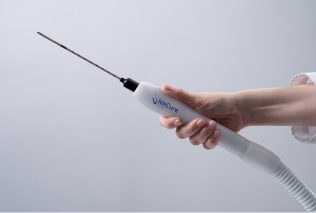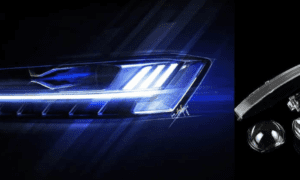For generations, breast cancer treatment has involved difficult decisions, both physically and emotionally. Surgery has long been the standard for early-stage diagnoses. However, a different option is becoming more available, one that feels less invasive and far more compassionate. Cryoablation, a technique that uses extreme cold to destroy cancer cells, offers a method that prioritizes healing without disruption.
Instead of heading into an operating room, patients undergo cryoablation through a small probe guided by imaging. There’s no need for general anesthesia, lengthy hospital stays, or large incisions. This alternative focuses on preserving what matters most: a patient’s comfort, routine, and sense of self.
A Less Disruptive Path
Recovery no longer has to mean weeks of pain or pause. With cryoablation, many patients are back to their regular routines within just a few days. This approach makes space for normalcy, such as walking the dog, cooking a meal, or sitting in the sun, without being consumed by the aftermath of surgery.
Patients often describe a renewed sense of control. Choosing cryoablation allows them to care for their health without it overtaking every aspect of their lives. That choice feels not only practical but also deeply empowering.
Preserving the Whole Picture
Healing involves more than eliminating cancer: it also includes caring for one’s emotional and physical identity. Surgical approaches such as lumpectomy can leave behind lasting reminders in the form of scars or tissue changes. Cryoablation offers a gentler alternative, helping patients maintain the natural appearance of their bodies.
Many women express relief and quiet joy when they see themselves after the procedure. Their bodies feel intact, and their reflections remain familiar. That continuity can bring powerful reassurance during a challenging time.
Grounded in Clinical Results
This approach is supported by extensive research. The ICE3 trial, the largest controlled study of its kind involving women over 60 with early-stage breast cancer, provided encouraging results. Using IceCure Medical’s recently FDA-authorizedProSense® cryoablation system, the study recorded a 96.3% recurrence-free rate in patients who also received endocrine therapy. ProSense® cryoablation treatment has been authorized by the Food and Drug Administration (FDA) for patients with early-stage low risk breast cancer when combined with adjuvant endocrine therapy for women aged 70 and over, an estimated population of 46,000 women annually in the U.S.
Patients and physicians both reported complete satisfaction with cosmetic outcomes. No serious device-related adverse events occurred, and most side effects were minor and short-lived. These findings present a clear, data-backed case for a treatment that is both effective and more comfortable.
What these numbers represent, beyond statistics, are lives that continue with less interruption: grandmothers attending birthday parties, friends returning to book clubs, caregivers resuming their daily rhythms without the burden of prolonged recovery. The outcomes of the ICE3 trial highlight not only safety and success but also the everyday victories patients experience when given a gentler option.
Rethinking What Treatment Can Look Like
Advances in health care have made it possible to reconsider the experience of breast cancer treatment. Cryoablation stands as a practical and patient-centered option, one that fits into life instead of reshaping it entirely.
Women who choose this path often describe a future that feels manageable and grounded. Cryoablation provides an opportunity to treat breast cancer with care that supports the body, mind, and lifestyle. As the conversation around treatment continues to develop, this method offers a meaningful example of what supportive, modern care can be.

































